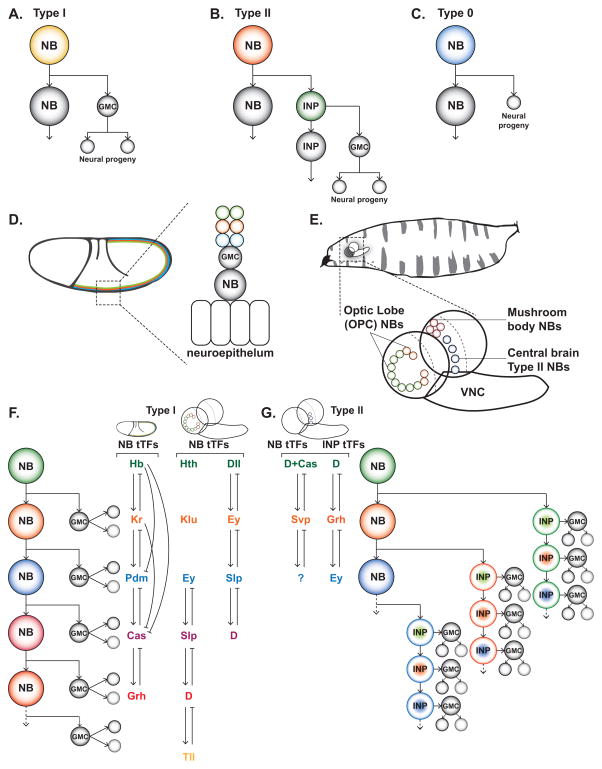Figure 1. Neuroblast division modes and mechanisms of temporal patterning in Drosophila.
(A–C) The three main division modes used during Drosophila neurogenesis. Type I is the result of self-renewing asymmetric divisions that produce a neuroblast (NB) and an intermediate precursor called a ganglion mother cell (GMC), which divides only once to produce two cells. Type II is a self-renewing division that produces a NB and intermediate neural progenitor (INP), which then asymmetrically divides multiple times to give rise to GMCs that only divide once. Finally, type 0 is the result of self-renewing asymmetric divisions that produce a neuroblast (NB) and a single neuron.
(D) Neuroblasts delaminate from the embryonic, single-layered epithelium. Neuroblasts then divide asymmetrically (type I mode depicted here) throughout development. After each new GMC divides, earlier born neurons are displaced deeper into the embryo, resulting in a laminar organization with the earliest born neurons (green layer) occupying the deepest layer and the youngest neurons (blue layer) positioned closest to the surface.
(E) The larval brain is located in the anterior of the animal and will grow throughout development as new neurons are added from NBs. At this stage, the brain can be split into three main sections, the optic lobe, the central brain, and the ventral nerve cord (VNC), each containing populations of NBs. Depicted here, optic lobe NBs from the outer proliferation center (OPC), which will give rise to medulla neurons, central brain type II NBs, which give rise to a diverse set of central brain neurons, and mushroom body NBs, which produce the intrinsic neurons of the mushroom body.
(F) Embryonic and larval OPC NBs transition through three independent temporal series to dictate temporal fate. The result of this type of patterning is the ordered birth of different neuron types from single progenitors. In the embryonic VNC, most NBs transition through Hb → Kr → Pdm → Cas → Grh. In the optic lobe, NBs transition through either Hth → Klu → Ey → Slp → D → Tll or Dll → Ey → Slp → D. Temporal transcription factors do not specify a single cell fate but rather define early to late temporal identities in multiple lineages. Importantly, these factors can regulate each other, offering a model for progression through the temporal series.
(G) In the type II NBs of the central brain, an additional layer of temporal patterning is added in INPs. Neuroblasts transition through D+Cas → Svp → unknown factor, while INPs progress through D → Grh → Ey. Combinatorial temporal pattering allows for each temporal transcription factor in the NB to give rise to multiple neuron types without extending the NB lineage.

